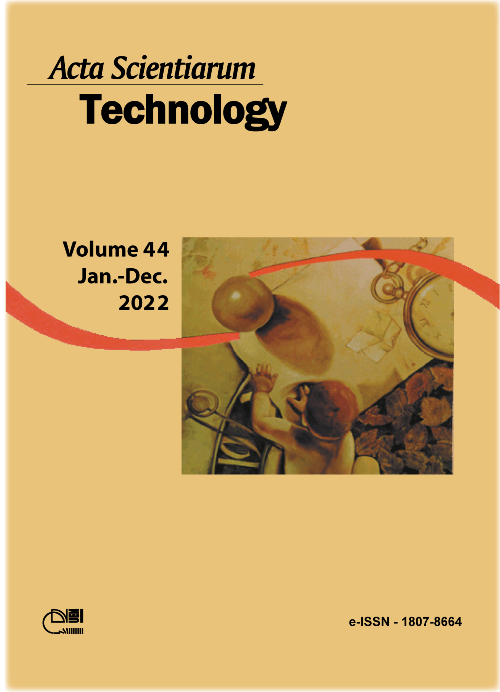Daylighting evaluation in deep plan office buildings with OPV windows through simulation on Radiance
Abstract
This research aims to evaluate the OPV window (OPVW) potential application in a deep-plan multi-storey office building, in order to verify its contribution to indoor daylighting quality. OPVW is a cost-effective technology with reduced environmental impact, suitable for application in a multi-story office building due to its potential to adapt to different architectural configurations, lightness and transparency, etc. In an earlier study developed by the authors, an experiment was conducted with a generic office room scale model. Three window materials were compared under real sky conditions (overcast and clear): 3 mm single glass (A scenarios); single glass with OPV (B scenarios); and single glass with application of solar control film (C scenarios). In the present study the same parameters from the experiment were used as input for simulations on Radiance, whose results were compared to previous (work plane illuminance, Daylight Factor and model interior photographs). We found similarities between them. Thus, further results were produced: isolux curves, Daylight Glare Index and render images. The rendered images show a brighter view at A scenarios, and at B and C scenarios. Even if average illuminance is reduced, a better daylight distribution and a reduction in glare are achieved. DGI indicates perceptible glare for some of A scenarios. On the other hand, at most of B and C scenarios, glare was below the perceptible range. Furthermore, the scenarios with OPVW (B scenarios) still show one more advantage: the energy production for artificial lighting when illuminance values are not sufficient.
Downloads
References
.
Copyright (c) 2022 Acta Scientiarum. Technology

This work is licensed under a Creative Commons Attribution 4.0 International License.
DECLARATION OF ORIGINALITY AND COPYRIGHTS
I Declare that current article is original and has not been submitted for publication, in part or in whole, to any other national or international journal.
The copyrights belong exclusively to the authors. Published content is licensed under Creative Commons Attribution 3.0 (CC BY 3.0) guidelines, which allows sharing (copy and distribution of the material in any medium or format) and adaptation (remix, transform, and build upon the material) for any purpose, even commercially, under the terms of attribution.
Read this link for further information on how to use CC BY 3.0 properly.





















